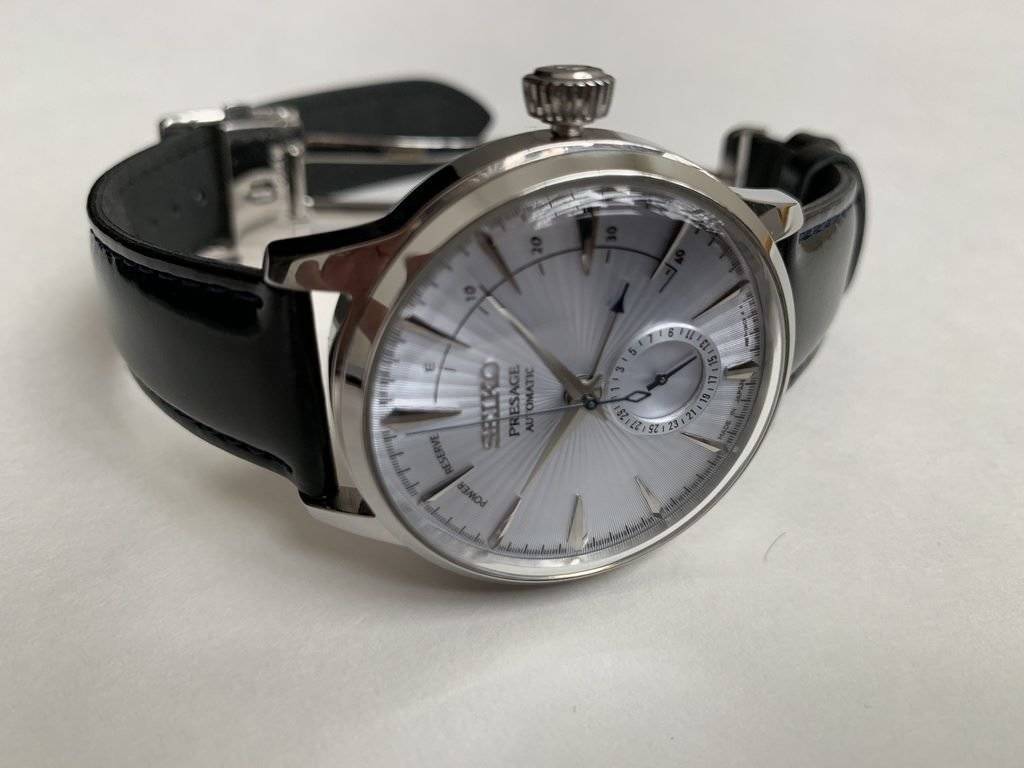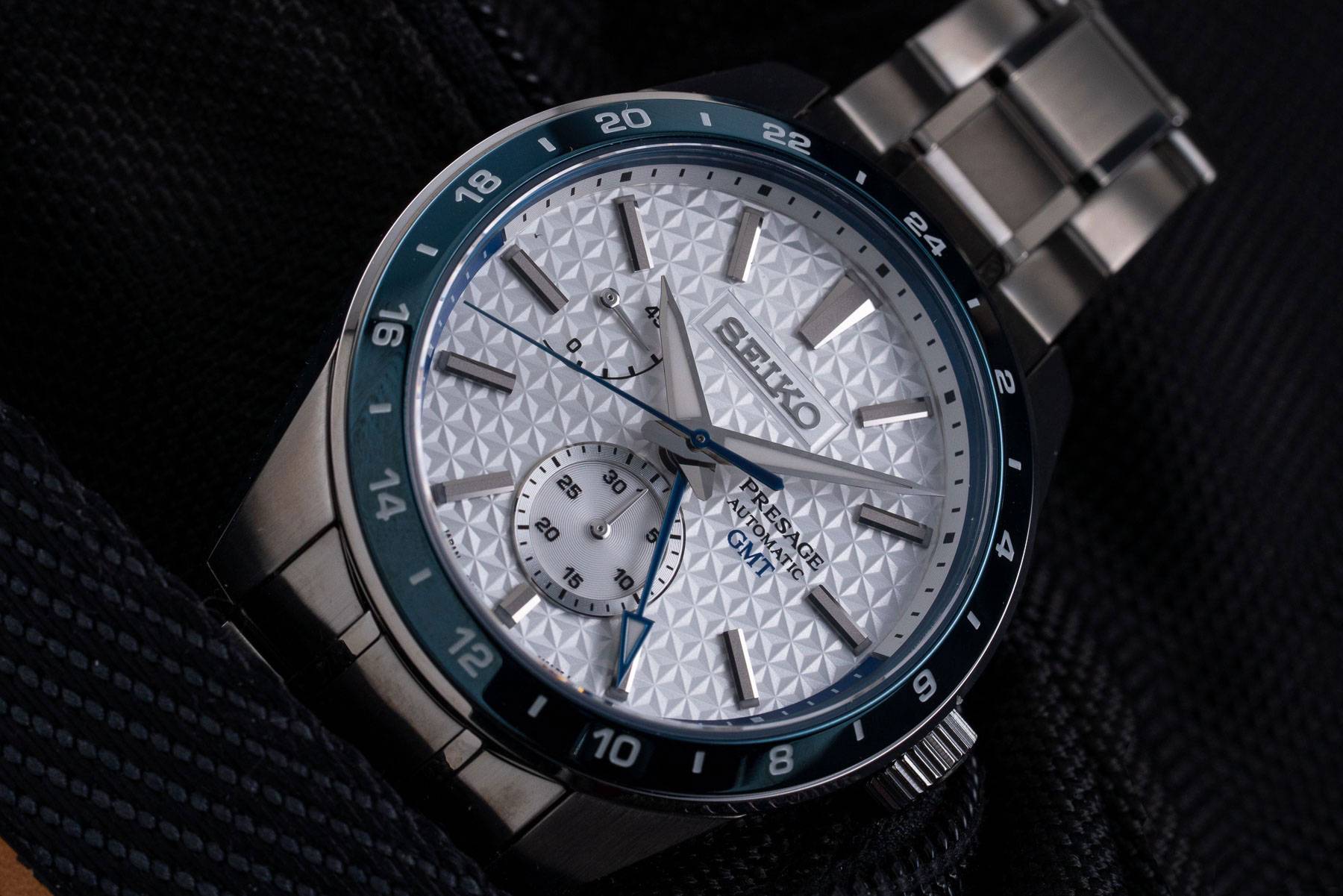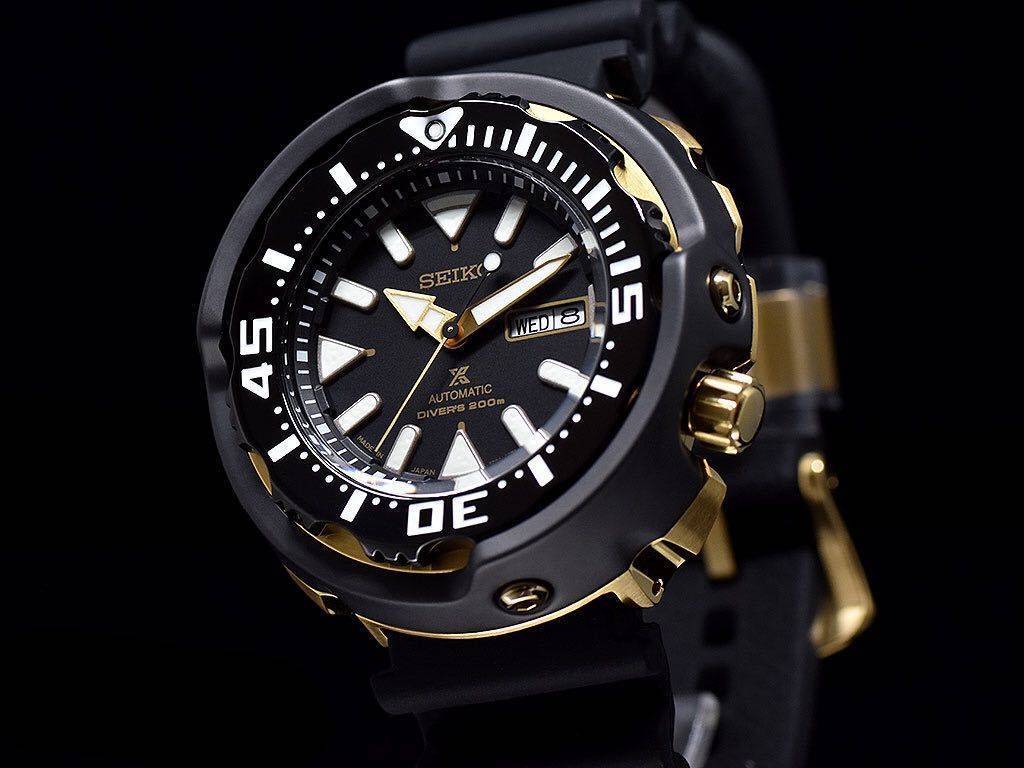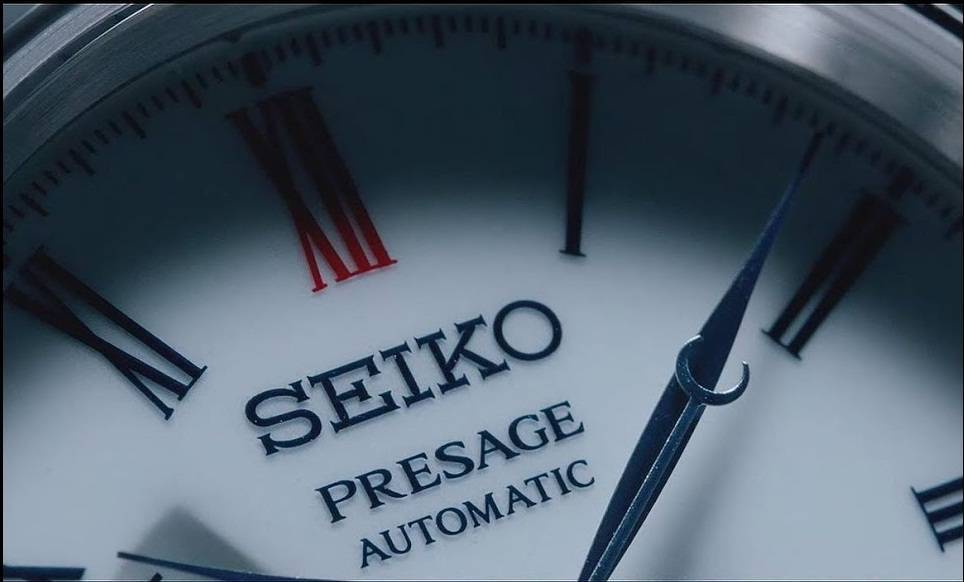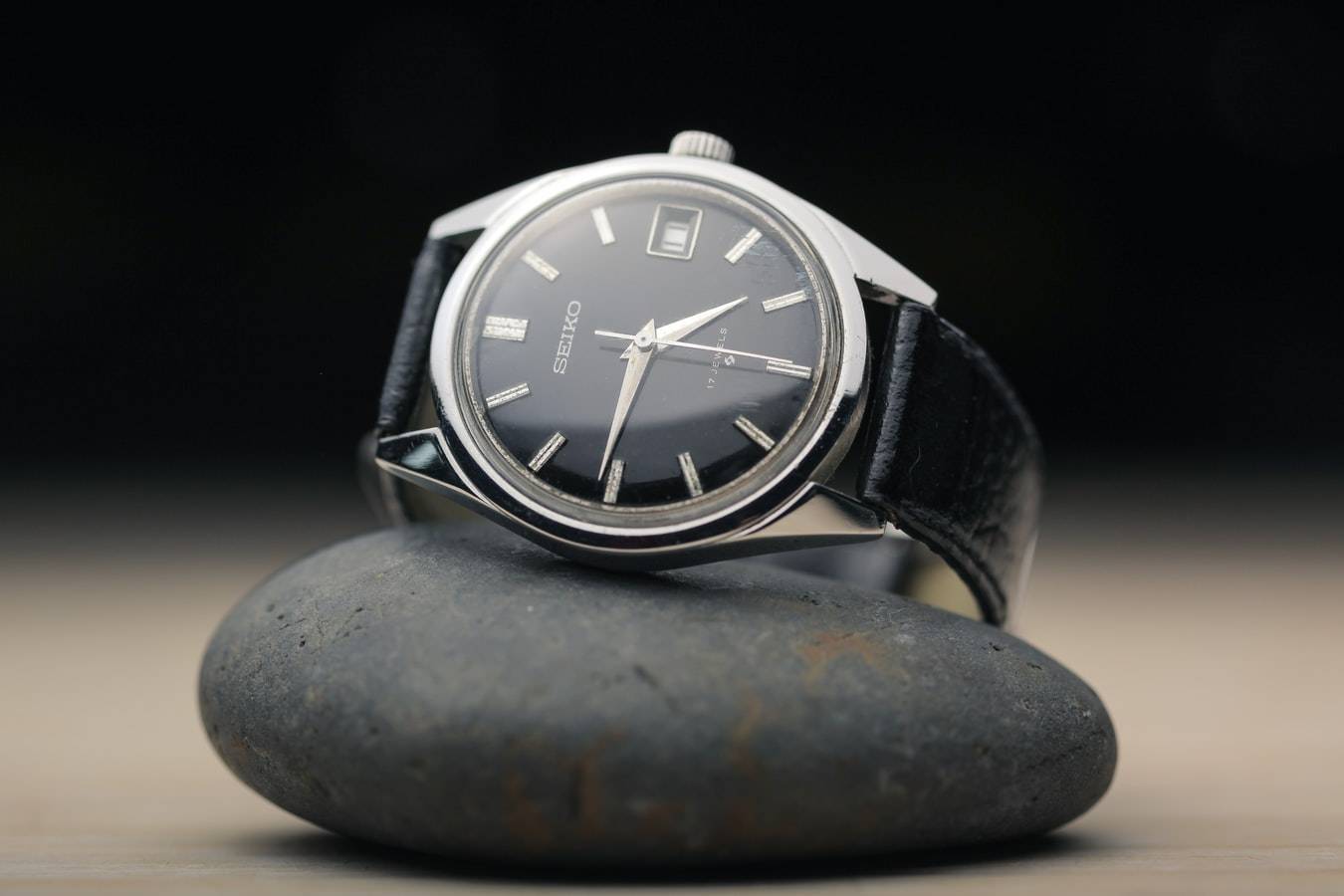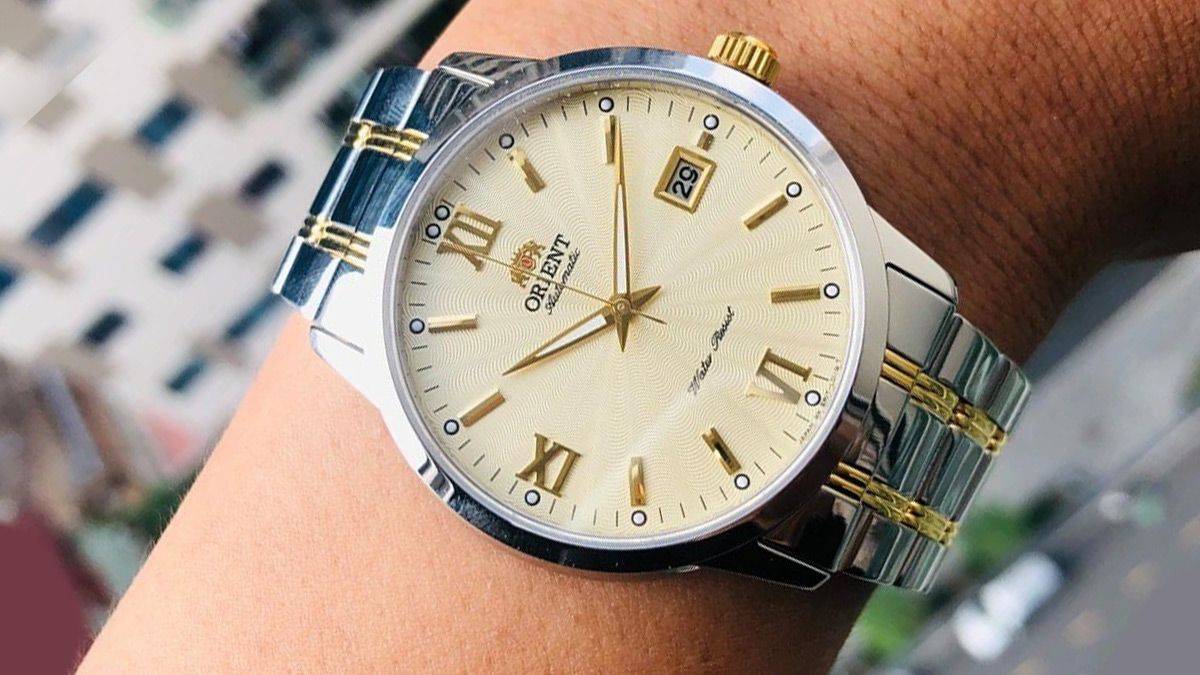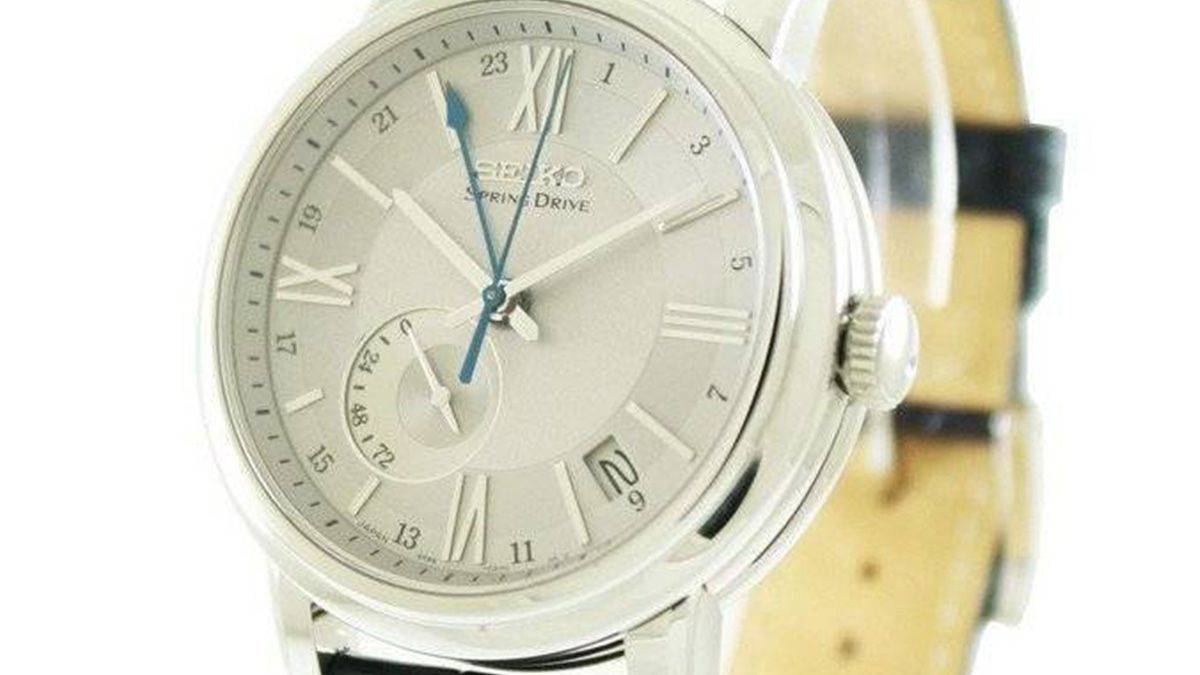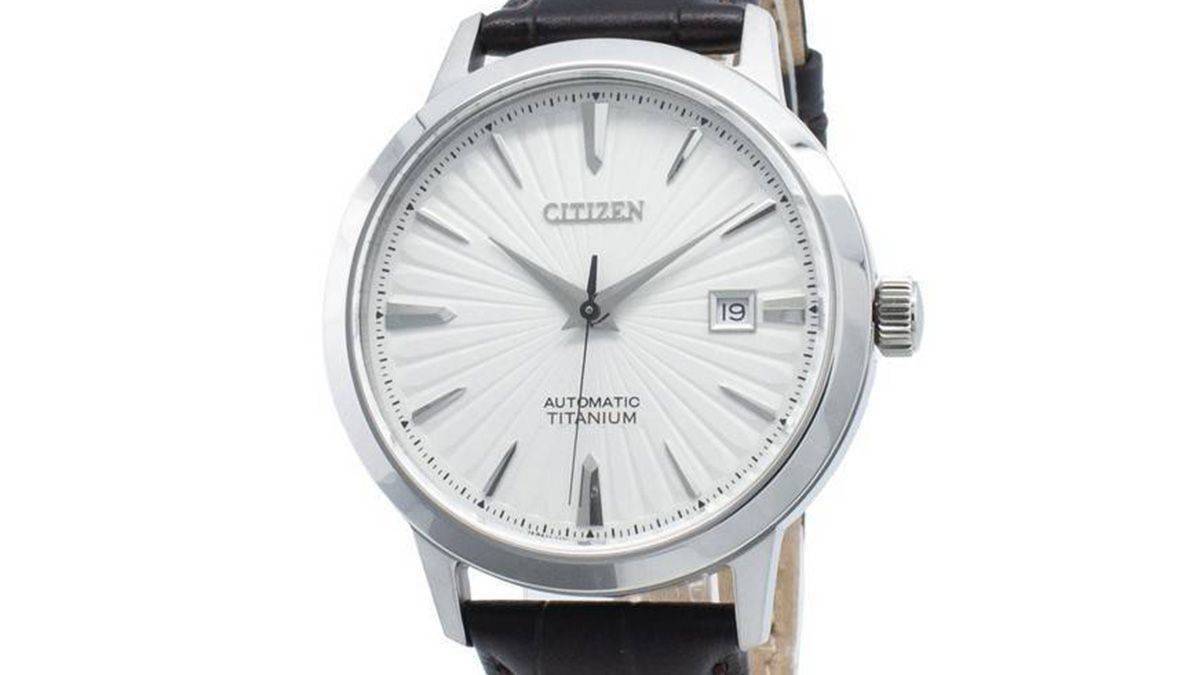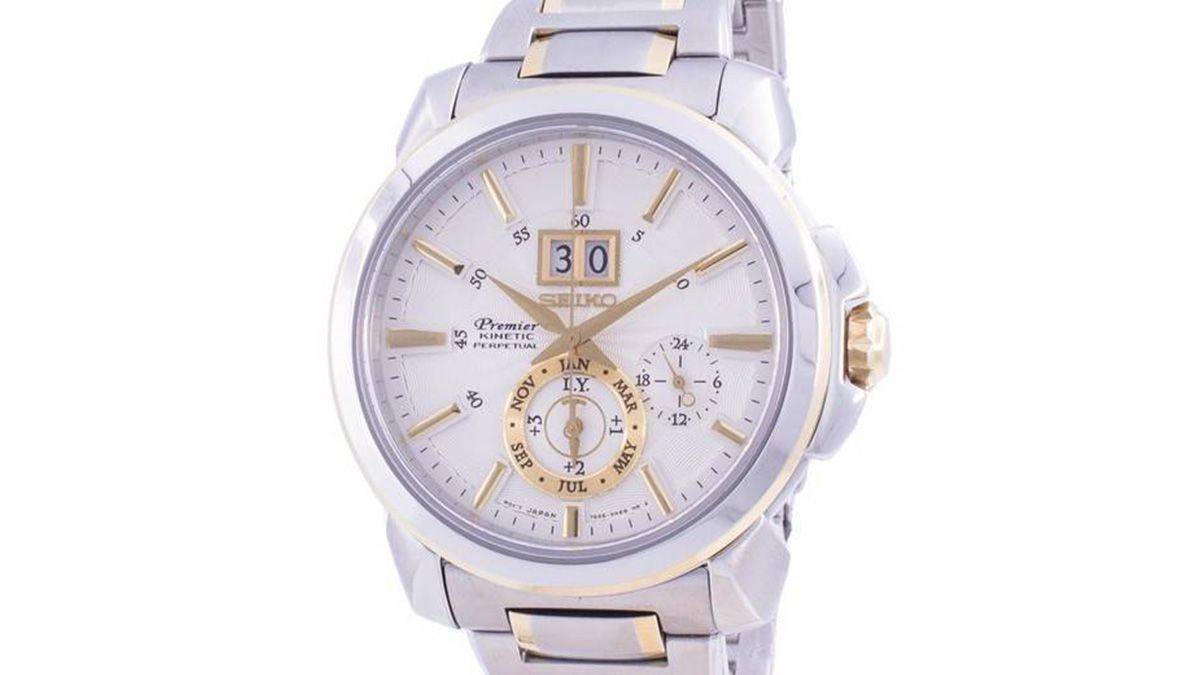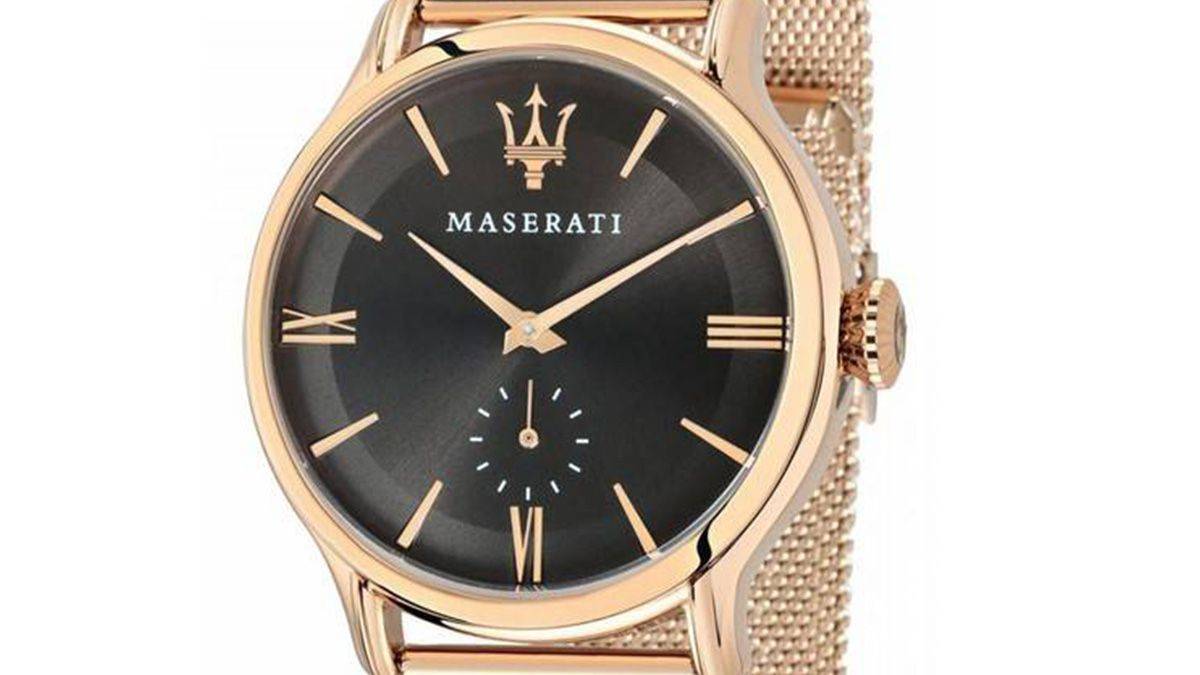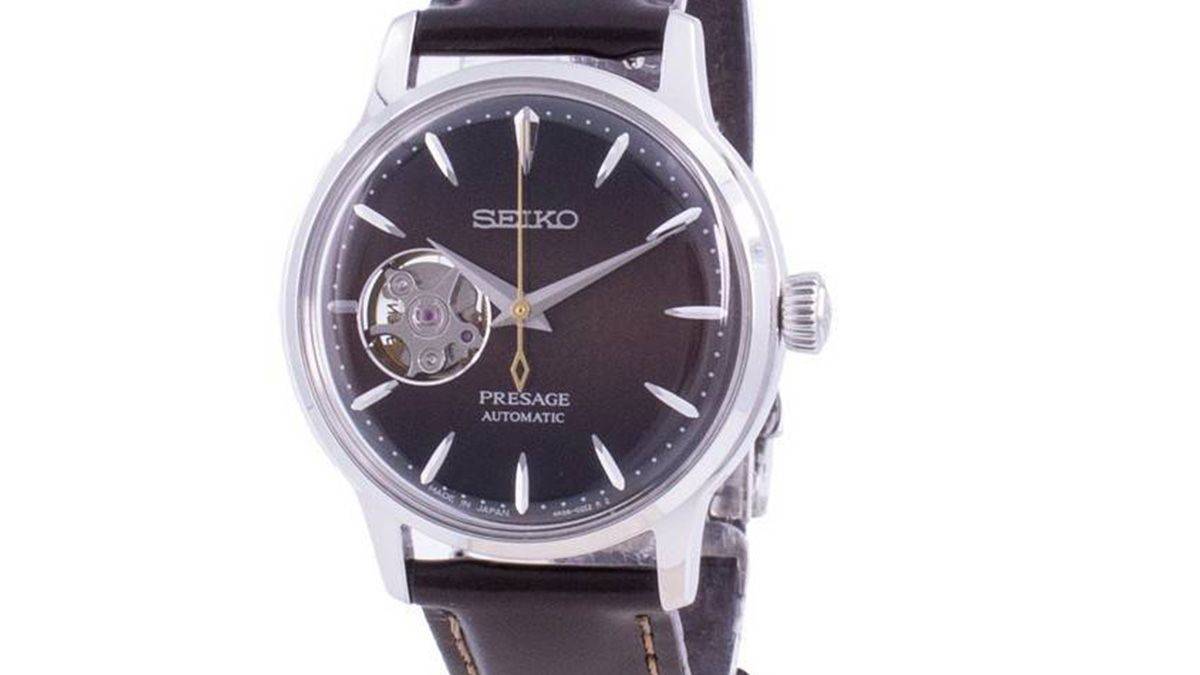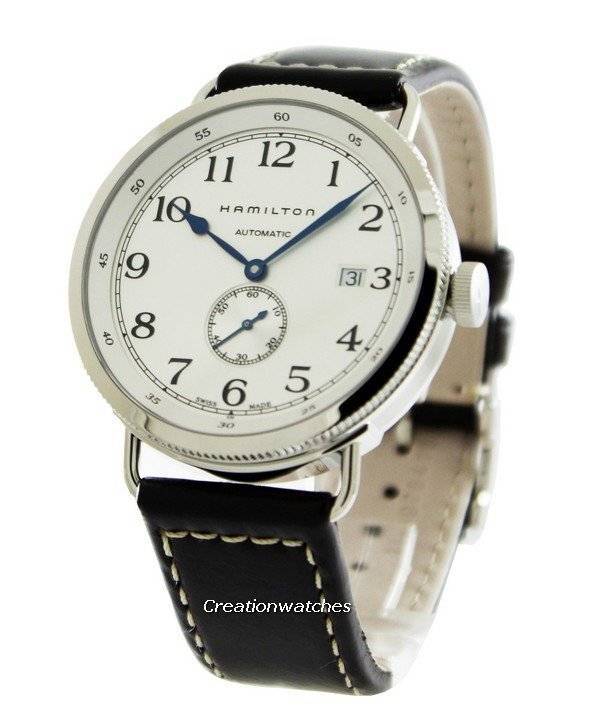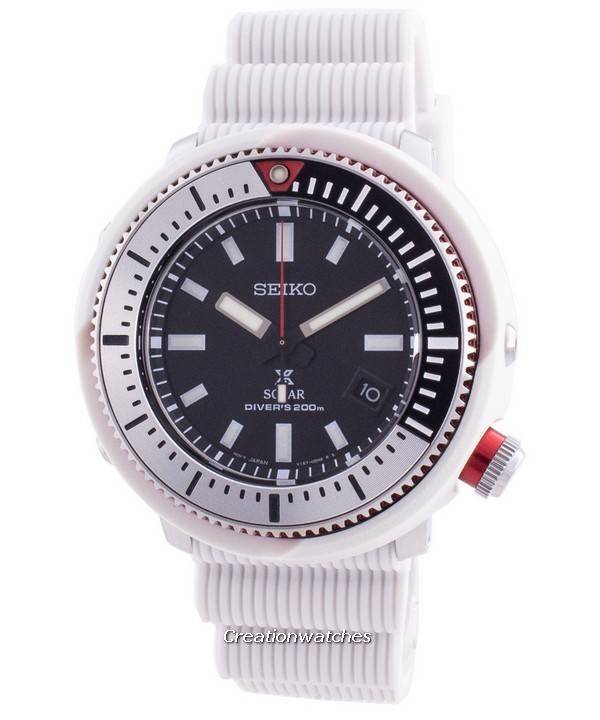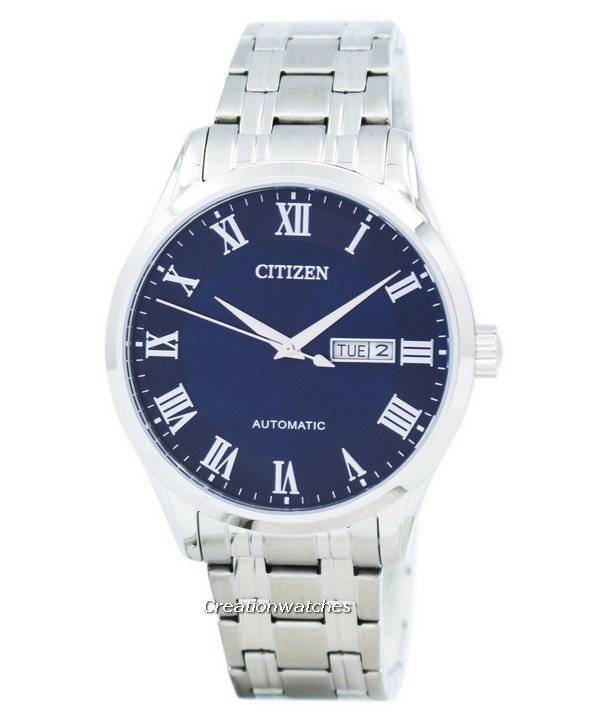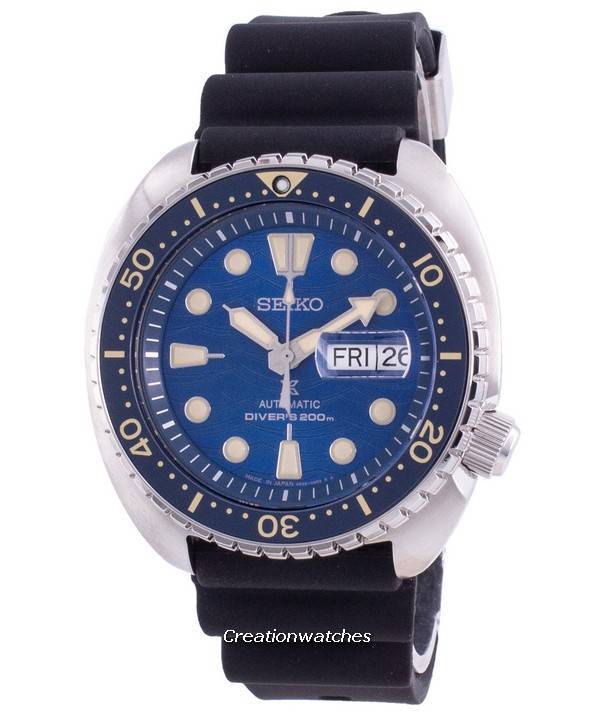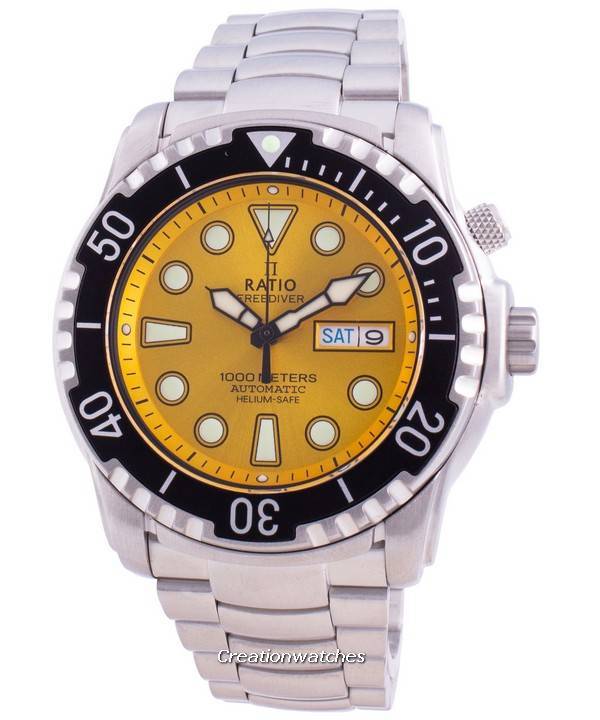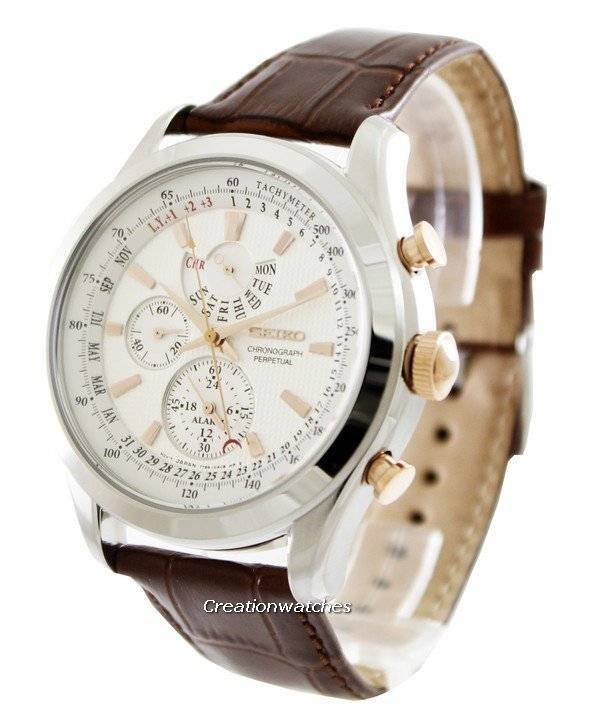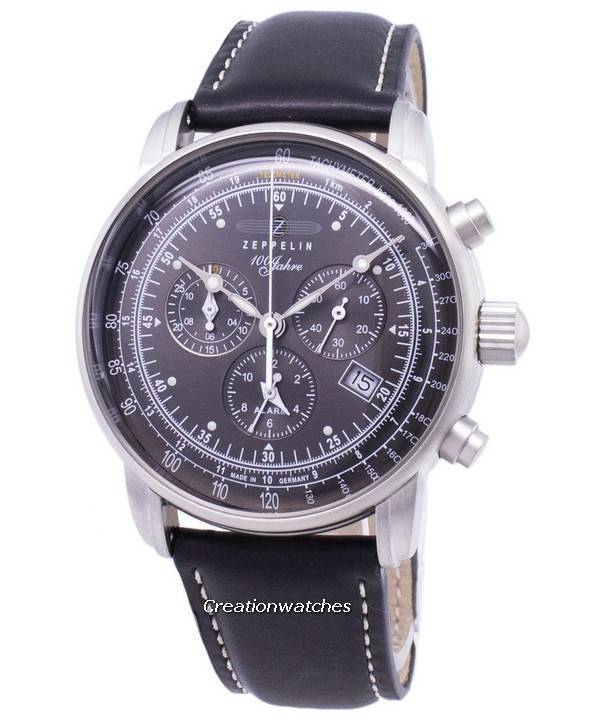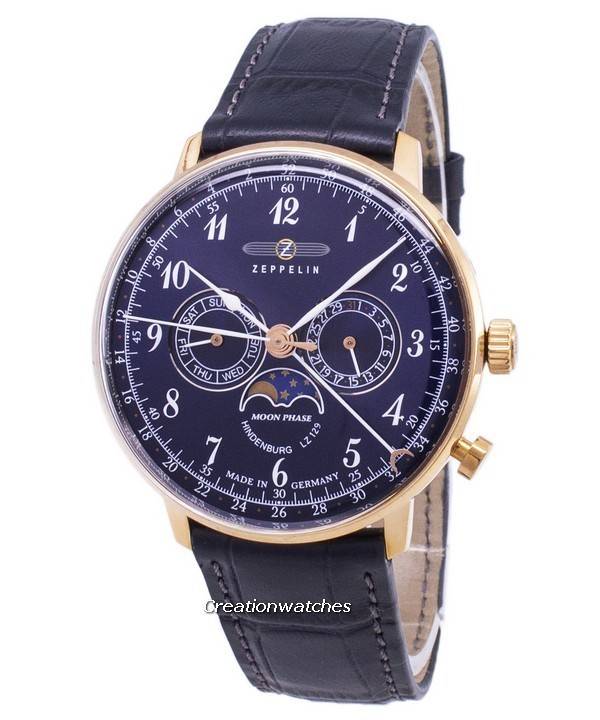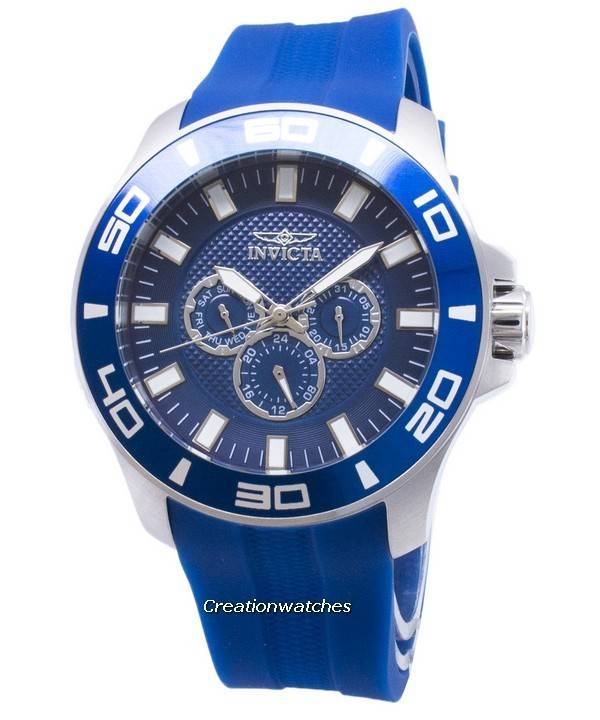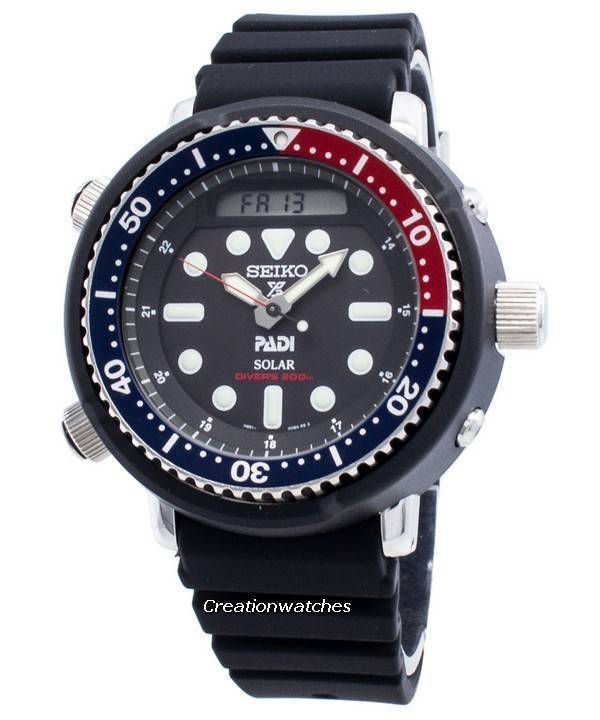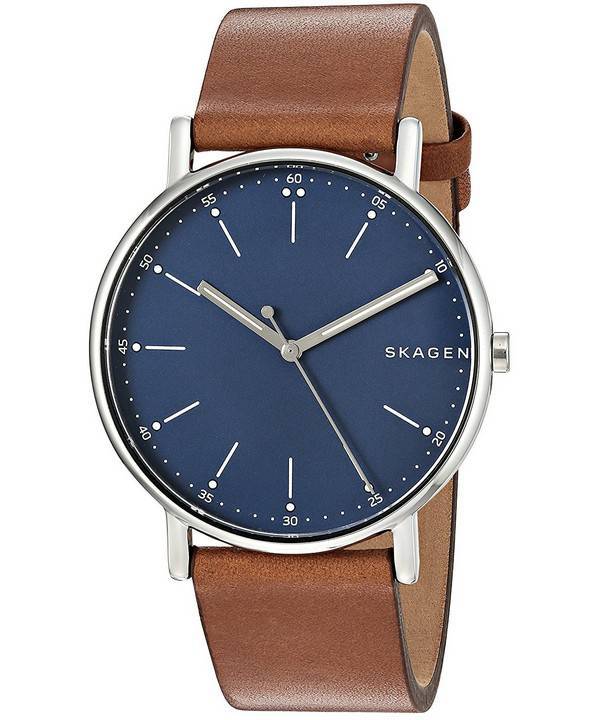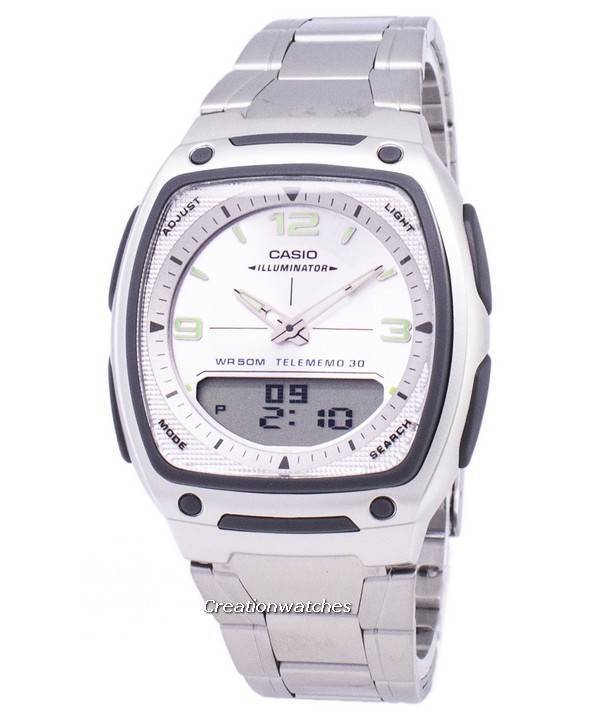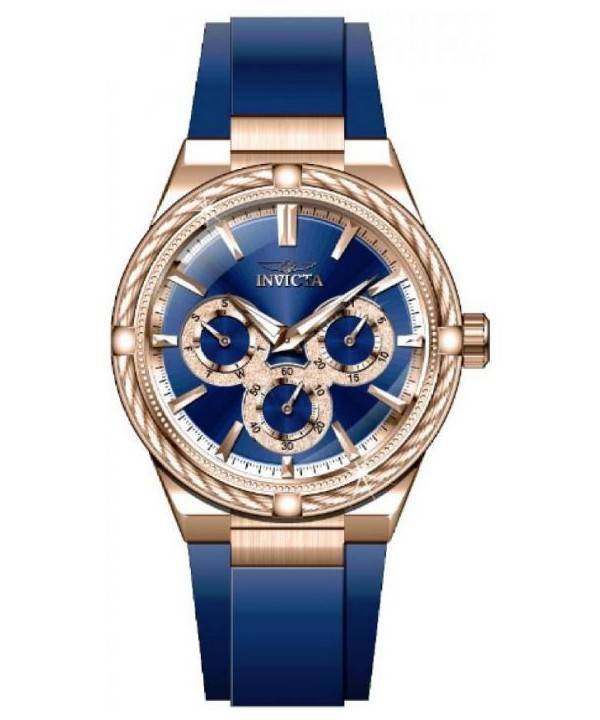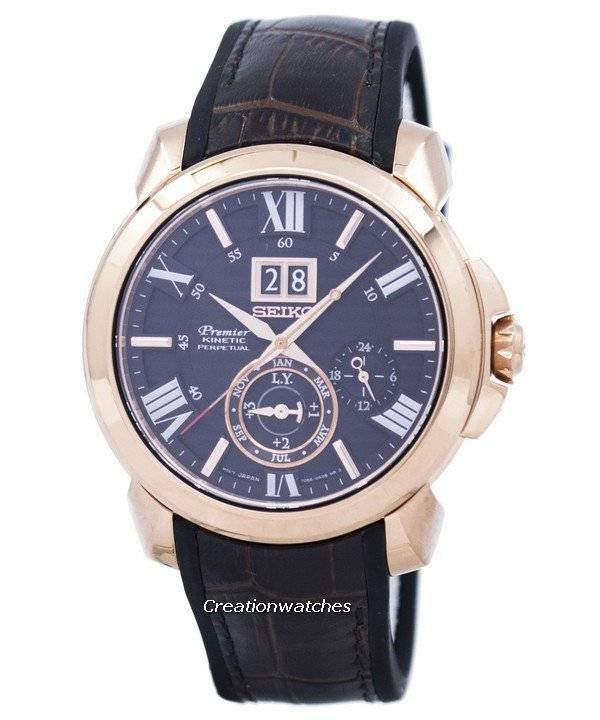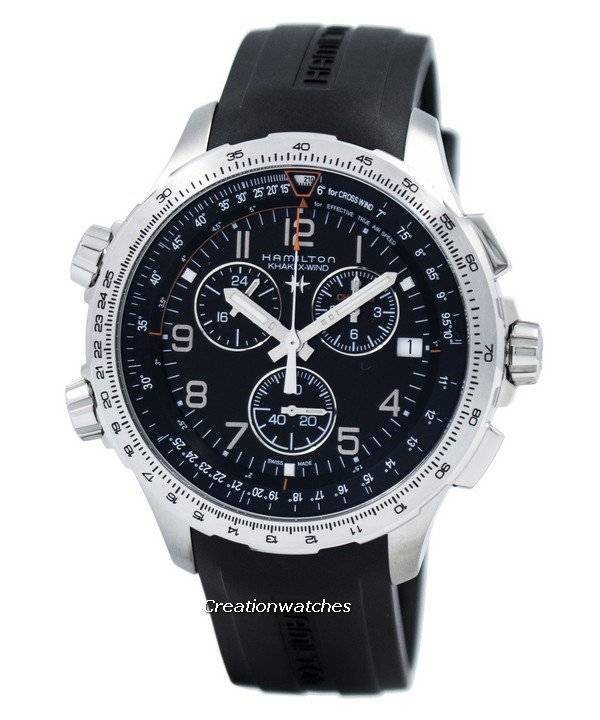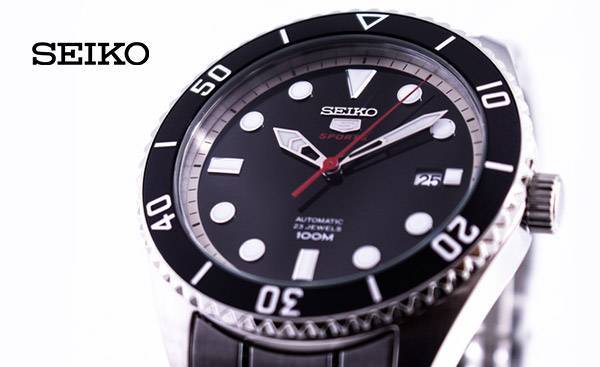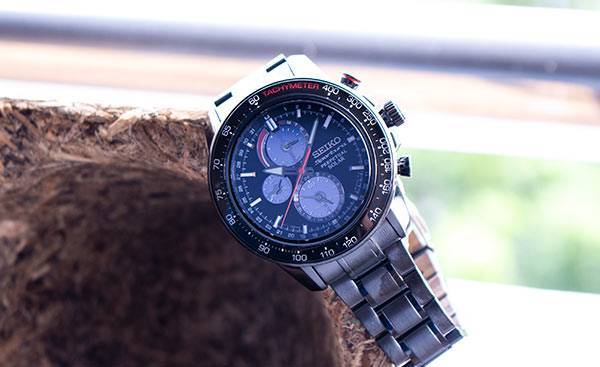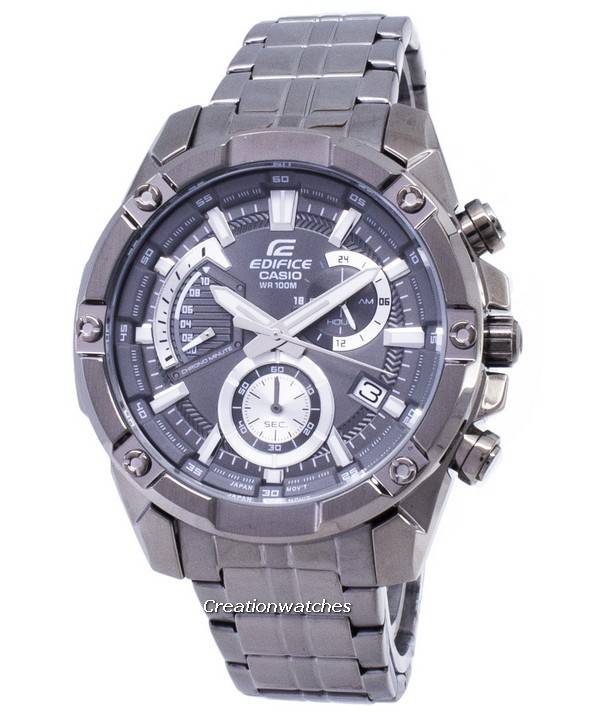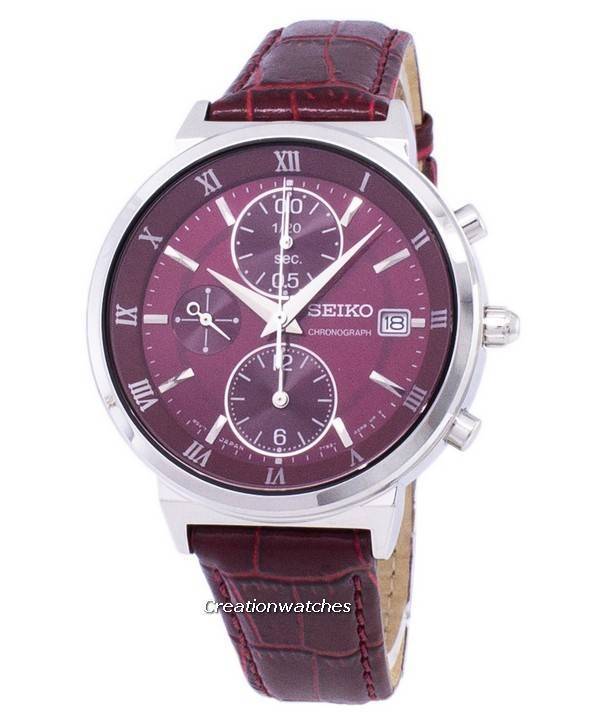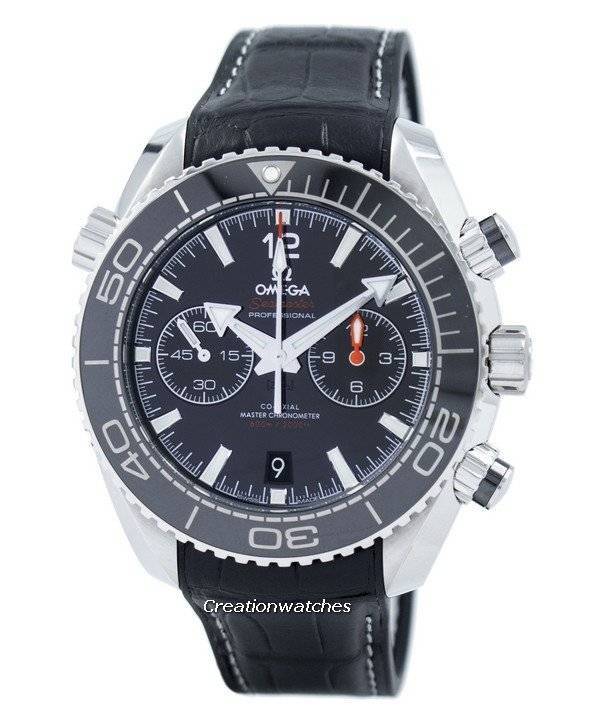
- October 3, 2021
- Watch Gonzo
- 0
Statutory Warning: Luxury watches are addictive, expensive and still massively enjoyable.
Something we missed out mentioning previously about the 7S26; it has been discontinued now. Newer versions of older watches (e.g. Next Gen Monsters, now a part of the Prospex) therefore, receive the 4R36, mostly. It makes most Seiko collectors – dive watch enthusiasts, in general – happy. 7S26 didn’t hack or wind manually and these two functions were quickly gaining attention that time.
When you start digging watches with Seiko’s 7S26 caliber in them, you face a large number of variants. Most of them are diving watches and the lists ain’t too short!
These are mostly, again, watches from the SKX series, which has now been replaced by the new Seiko 5 (more about them here) that are keeping the classic diver look and feel greatly alive!
The caliber 7S26 was a part of some of the earlier Seiko 5 (entry-levels) models too. The upgrade, however; wasn’t a straight process. From 7S26 to caliber NH35 was first; because 7S26 lacked a hack-able and manual winding system. The 7S26 – how much ever low-end it might be – competes with much higher-end calibers in terms of reliability. A powerhouse of a movement, its self-winding efficiency is commendable, often surpassing that of the much higher-end calibers; some of them nowhere near to its value! It has accompanied seriously-certified scuba diving watches, pertaining to the very strict standards and is a favorite to them who are – even faintly – into the Seiko diver series. More about that here; you’ll also find some info about the 6R15.
 The 7S26 caliber was assigned to the Seiko Monster series (as mentioned earlier). Their robust structures further enhancing the performance and reliability of the movement. But weren’t us supposed to go through the difference between the three variants of the 7S26 today? It’s time to put a few myths to bed about the three versions of this movement.
The 7S26 caliber was assigned to the Seiko Monster series (as mentioned earlier). Their robust structures further enhancing the performance and reliability of the movement. But weren’t us supposed to go through the difference between the three variants of the 7S26 today? It’s time to put a few myths to bed about the three versions of this movement.
 Next day, we go into the 7S36 and the Tissot Swissmatic and observe the technological and mechanical punch they deliver for not a ton of money. Currently, Tissot has stepped things up by many notches with their Everytime Swissmatic, which we’ll see in details.
Keep dropping in to leave your replies below. State which one you like the most and what for?
Next day, we go into the 7S36 and the Tissot Swissmatic and observe the technological and mechanical punch they deliver for not a ton of money. Currently, Tissot has stepped things up by many notches with their Everytime Swissmatic, which we’ll see in details.
Keep dropping in to leave your replies below. State which one you like the most and what for?
- 7S26A: Many say it’s a poor to mediocre time keeper. Truth is: the 7S26A can be adjusted to keep as good time as the B and C versions. A look at the balance assembly of the 7S26A would reveal a fixed and nonadjustable stud. Its regulator can only be adjusted by bending the regulator pin and the hair spring doesn’t jump around and get hooked on anything if there is a sudden knock. This is because the spring is held captive by the regulator bar/pin assembly. To make adjustments at the stud end, the spring needs to be bent. To make adjustments at the regulator, the pin has to be bent slightly to allow the hairspring slide into the space between it and the bar. It needs to be bent again to close the gap to prevent the spring from moving back and forth. You try regulating the watch otherwise and a nasty kink in the spring shall take away its freedom to slide into the regulator. Once these adjustments are made, the 7s26A can be just as accurate and consistent as the other two versions.
- 7s26B: Seiko updated the 7s26B balance system with the Swiss Etachron stud and regulators, with rounded rectangular heads for the purpose of rotation, which modifies the spring shape without actually bending it. The two pins of the regulator are parallel to one another; rotating the head opens/closes around the spring, without the requirement for bending. It makes optimum performance from the movement possible. However, the balance assembly of this model is somewhat flawed; with the new spring material and longer regulator pins. The spring is a bit floppy and easily knocks out of place, looping around the outside of the stud or the regulator upon jerks and knocks that are more than mild.
- 7s26C: Looks identical to the 7s26B but the differences start with the shortened regulator pins and a wholly redesigned balance assembly that can’t be interchanged with the A and B versions. From an adjustment and accuracy points of view, the C version is probably the best overall.
 Next day, we go into the 7S36 and the Tissot Swissmatic and observe the technological and mechanical punch they deliver for not a ton of money. Currently, Tissot has stepped things up by many notches with their Everytime Swissmatic, which we’ll see in details.
Keep dropping in to leave your replies below. State which one you like the most and what for?
Next day, we go into the 7S36 and the Tissot Swissmatic and observe the technological and mechanical punch they deliver for not a ton of money. Currently, Tissot has stepped things up by many notches with their Everytime Swissmatic, which we’ll see in details.
Keep dropping in to leave your replies below. State which one you like the most and what for?
Post Views: 225


















